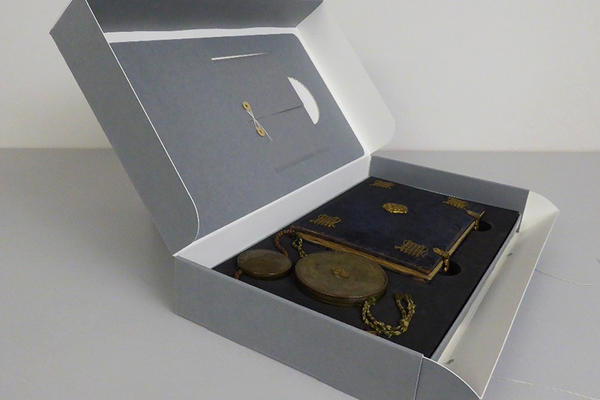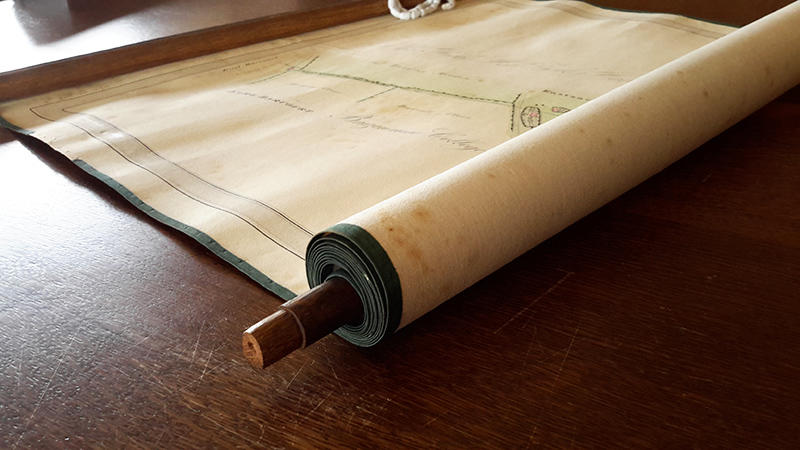Conserving the documents in the Lower Archive Room, Oxford University Archives
Project dates
To 2020
Project summary
Conserving the documents in the Lower Archive Room, Oxford University Archives.
About the Lower Archive Room
For preservation reasons, many of the Bodleian Libraries collections are kept in modern-day purpose built, windowless, climate controlled storerooms. This includes many of the documents held by Oxford University Archives in the Weston Library.
Found, however, up a narrow stone spiral staircase in a panelled tower room across the Old Bodleian Quadrangle are some of the earliest documents belonging to this archive. The archive holds the administrative records of the University, with the earliest dating from the thirteenth century. Stored here since the 1600s, many remain in the drawers of the original wooden cupboards from that time and are still consulted today. The room bears witness to over 350 years of use as an archive.


South East Press, Lower Archive Room
Within the drawers are primary documents written on parchment and handmade papers, many bearing wax seals, handmade pins, or woven ties securing single sheets together. Alongside the cupboards sit books on shelves, and more modern cupboards containing manuscript, typed and printed documents on machine-made papers.

Wax seals (OUA/SW/1/1)

Parchment documents (OUA/SEP/K/II/34-46)

Specimens of type (OUA/SEP/P/17b/4)

Handmade pin (OUA/SEP/Q/38)
The Keeper of the Archives from 1634 to 1644 was Brian Twyne. He considered the security of the documents by locating them in the tower room and placing them in cupboards (known as presses), giving some protection against the potentially damaging effects of the climate. Conservators, in more recent times, have continued that legacy of preservation in consultation with the incumbent Keeper and there are both delights and constraints when working as a conservator within this collection.
Preventive activities
In this significant historical interior where a windowless, climate controlled environment is not attainable, preventive conservation measures can nonetheless help to minimize the impact of the immediate environment and thus slow the rate of deterioration. The installation and closing of window blinds for example, mitigates the potentially damaging light flooding in through large windows on three sides of the room and an environmental monitoring system records the temperature and relative humidity.

OUA/WPβ/I/1
By examining the physical condition of the documents, the conservator can detect the detrimental effects that fluctuations in temperature and relative humidity may be having on the materials from which the documents are made, or may observe that the documents adjust to any fluctuations without due concern. A conservation survey will also help to identify damage caused by other factors; this can be chemical, biological or mechanical damage.
During a survey, any folders or boxes in which documents are found are examined too. These enclosures may be made of materials that are themselves deteriorating and consequently emitting pollutants that potentially interact with the paper and ink of the documents. These can be replaced with boxes and folders made from materials that meet archival standards. Enclosing loose documents reduces incessant handling during retrieval and prevents damage during transit to readers.
Left: A book with velvet-covered boards, metal furniture and pendant seals in a custom-made archival box.

Inevitably in a relatively small room used over several centuries, the cupboards are mostly full. Improving the housing by introducing more boxes and folders can lead to an increase in the storage space required. Not only is there limited space, but each historical document has a shelfmark which, in the case of this tower room, is inextricably linked to its location – a specific cupboard and specific shelf. The conservator has to take this into consideration.
Where there isn’t room in a drawer, other solutions are sought: a layer of inert foam is inserted into the top of some of the drawers to prevent the crowded contents from becoming caught up against the underside of the drawer above.
Remedial activities
As well as taking preventive measures, the conservator also carries out remedial work. If the structure or material of a document or book is unstable and affects access to it, and consequently the information it holds, the conservator may intervene and apply a treatment directly to the item itself. This will be tailored to the individual needs of an item, and the conservator endeavours to stabilise it without obscuring its past history, makeup or meaning, all of which have influenced its current state of preservation.
One document can be a combination of different materials, all of which deteriorate at different rates and in different ways. This rolled plan incorporates paint, ink, adhesive, paper, a cloth backing, dyed cloth edging strips and wooden staves. In this case some of the edging needed to be reattached as the bond between it, the paper and cloth backing had failed.

OUA/NW/15/2
One document can be a combination of different materials, all of which deteriorate at different rates and in different ways. This rolled plan incorporates paint, ink, adhesive, paper, a cloth backing, dyed cloth edging strips and wooden staves. In this case, some of the edging needed to be reattached as the bond between it, the paper and the cloth backing had failed.
The robustness of parchment is much in evidence in the archive, requiring few interventions other than a careful clean by hand with soft haired brushes to remove particulates, making sure that substrates and inked surfaces are not disturbed during the process.
Paper is more susceptible to damage, and conservation treatments are carried out to stabilise fragile papers. This may involve the repair of a torn paper document if the tears affect its usability. The tears might be caused by the weakening of the paper fibres due to age deterioration; or by human interactions, such as accidental, careless handling. Documents may have been deliberately torn to void them, and since this is of significance these would not be repaired; the Keeper is consulted where this might be the case.
Many of the documents are written in ink. The ink most commonly used was that made from oak galls and ferrous sulphate in a liquid, bound together with a gum. Depending on the recipe, over time, sulphuric acid and iron (II) ions within the ink can cause the ink to corrode. These components catalyse hydrolysis and oxidation processes resulting in the loss of text and the paper beneath the ink. Very little of this process has occurred in the archive, but where it has, the affected paper is stabilized. The adhesive used during any conservation treatment is judiciously selected so as not to activate further degradation processes.
Consequently over the past few decades, conservators have maintained the material held by Oxford University Archives through preventive and remedial activities, ensuring accessibility to it for readers, interested parties and for exhibition requests.


